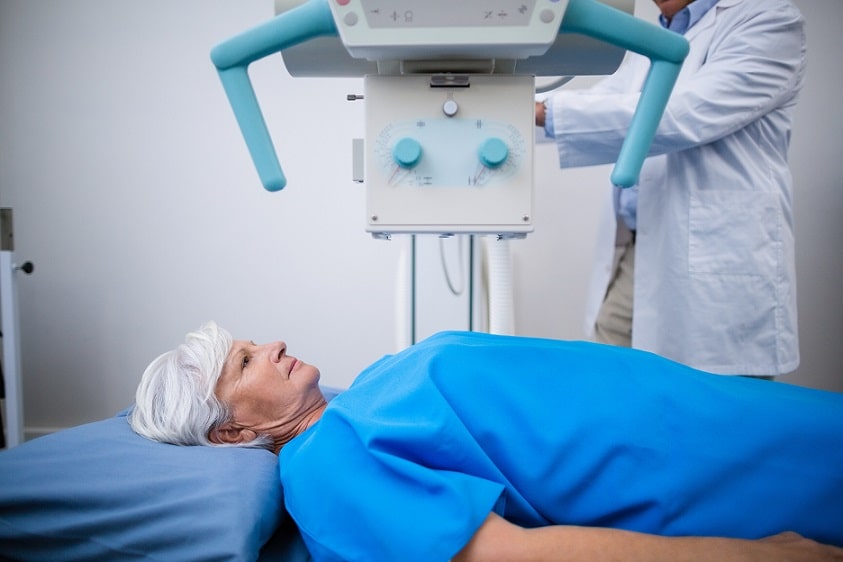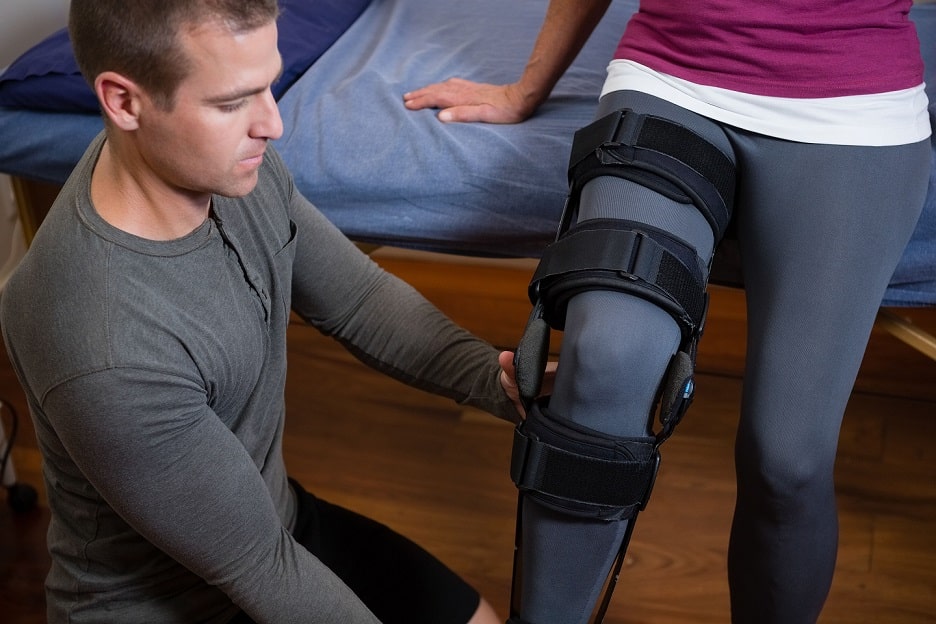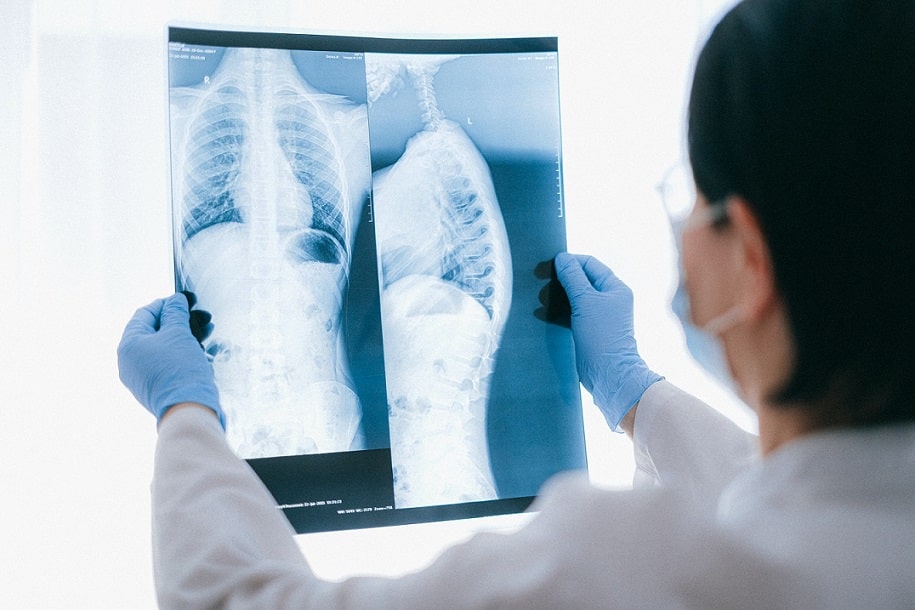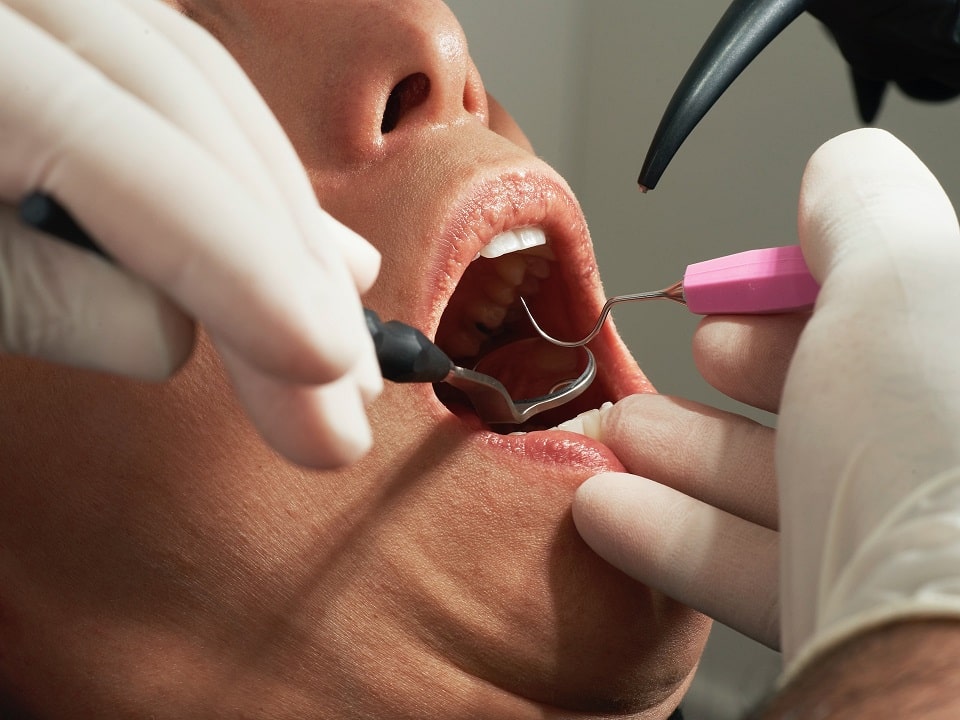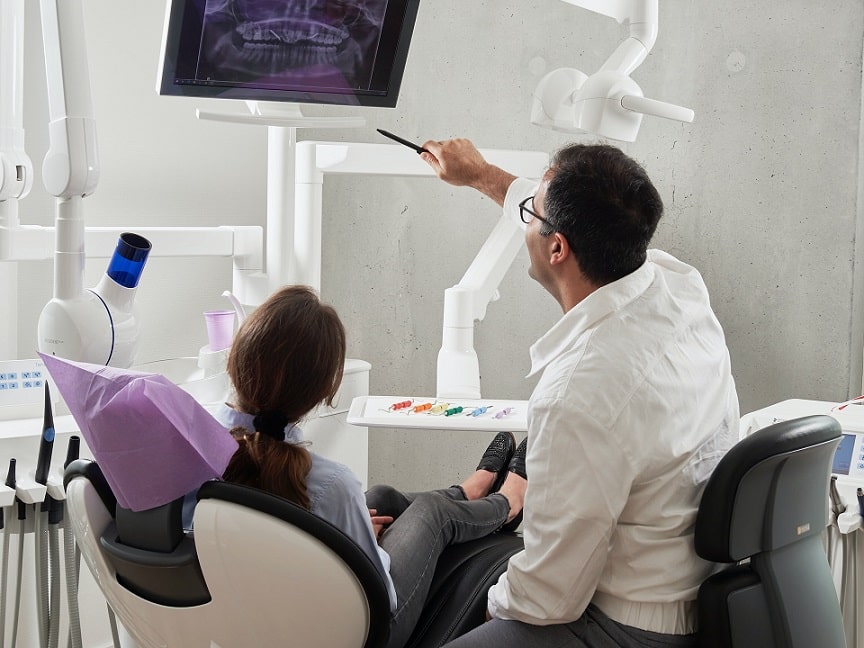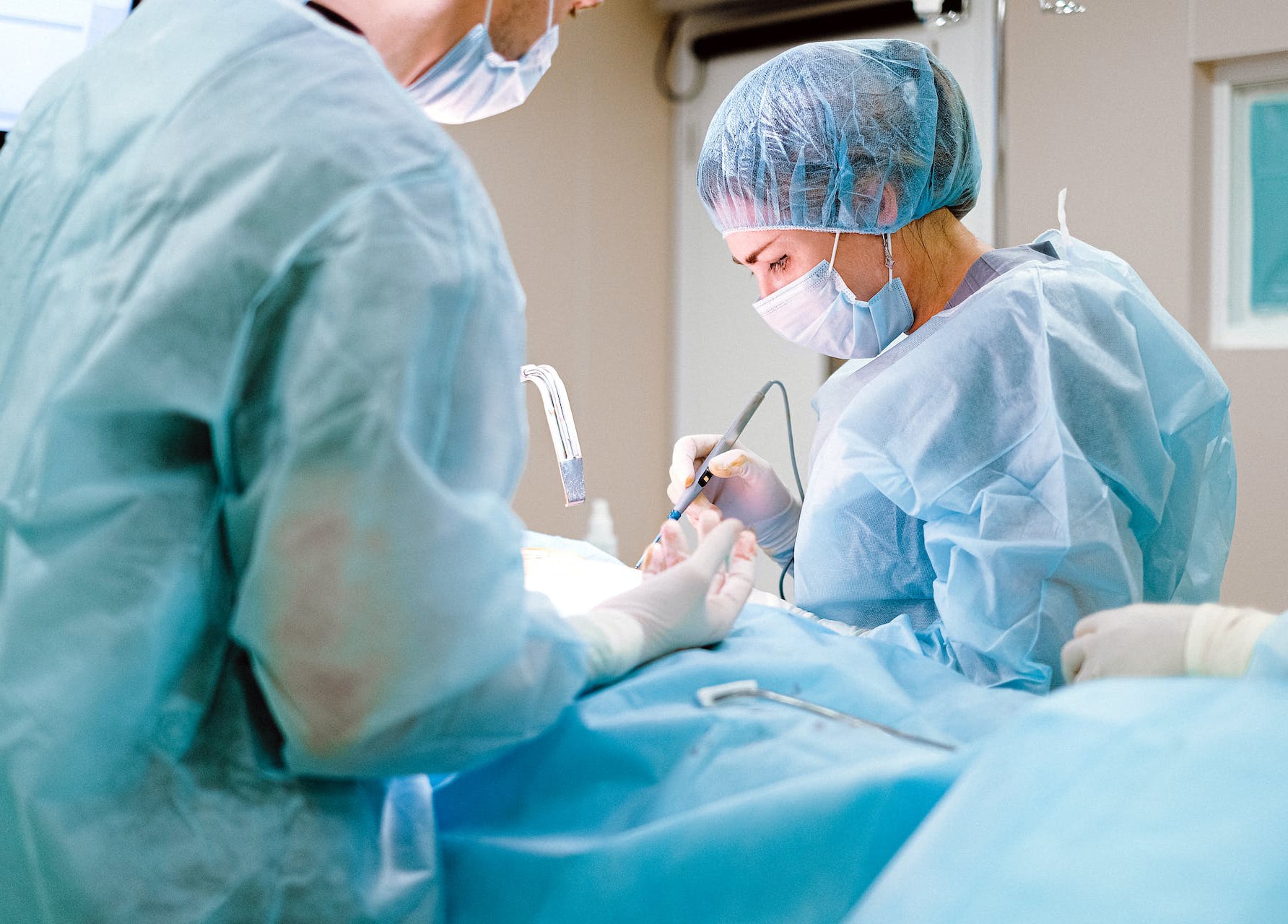Hair straightners have been labelled as partly to blame for an increased number of hospital admissions for children suffering burns. According to The Times, The Children Accident Prevention Trust have studied evidence that indicates that hospitals are seeing increased numbers of children who injury themselves with hot irons.
Hair straightners can reach temperatures of up to 220 Centigrade and remain hot for up to 8 minutes after being switched off and NHS statistics indicate 358 children under 5 needed hospital treatment for burns in 2006 -7.
Due to their lack development a child’s skin is much thinner than an adult’s, and therefore burns can cause permanent scarring. It is often a requirement for children to have skin grafts to repair the damage done.
A lot of these injuries come about from people leaving straightners in easily accessible locations such as on low tables or beds and then leaving them unattended. To avoid accidents it is important to follow the advice of Katrina Roberts, Chief Executive of CAPT, and try and develop habits such as putting straightners out of young children’s reach.
Burn and scalding injuries are often a product of ineffective prevention strategies and people not taking appropriate care about health and safety when they operate equipment at hot temperatures. Other examples which might result in similar injuries to those in this study would include electrocution through exposed wires or burns caused by defective equipment.
If you think that you or your children have suffered burn or scalding injuries as a result of somebody else’s negligence then you might be able to make a claim for compensation.



